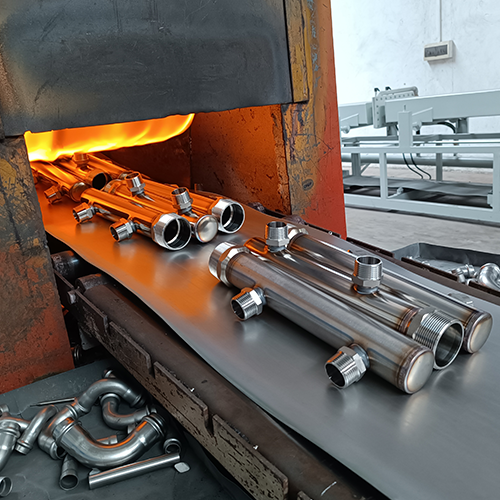Why does the stainless steel water separators need annealing
Oct. 15, 2025
Stainless steel water separators are widely used in plumbing and heating systems due to their durability, corrosion resistance, and ability to handle high pressures. However, the manufacturing process of these components plays a crucial role in their performance—especially the annealing stage.

What Is Annealing
Annealing is a heat treatment process that involves heating the stainless steel to a specific temperature and then cooling it at a controlled rate. This process reduces internal stresses, improves ductility, and restores the material’s original corrosion resistance, which can be diminished during forming or welding.
Why Annealing Is Important for Water Separators
During the manufacturing of stainless steel water separators, the material often undergoes bending, welding, or machining. These processes can introduce residual stress and microstructural changes that negatively impact the product’s quality. Annealing helps to:
Eliminate work hardening
Reduce residual stress
Refine grains and adjust the microstructure.
Improve corrosion resistance
Optimize mechanical processing performance
Continuous Annealing Furnaces: The Ideal Solution
For high-efficiency production, continuous bright annealing furnaces are commonly used. These furnaces maintain a controlled protective atmosphere (usually hydrogen or nitrogen-hydrogen mix) to prevent surface oxidation and ensure a bright, clean finish. They also offer precise temperature control and uniform heating, which are essential for achieving the desired metallurgical properties.
Conclusion
Proper annealing is critical for producing high-quality stainless steel water separators. It not only enhances the product’s reliability and lifespan but also improves its appearance and downstream workability. Choosing the right heat treatment furnace ensures a stable and efficient manufacturing process.
Previous None









